On the topic of things I am seeing in LCMS clinical labs is the lack of differentiation between carryover, and interferences caused by system contamination or sample contamination. I often see these concepts used interchangeably even though they are different and require different solutions.
Different terminology can be used for the same concepts but for the sake of this argument here is how I define them.
Carryover-A peak that shows up in a subsequent sample as the result of a previously injected sample not properly clearing the lcms system.
Interference from System contamination- A peak that shows up in your chromatogram that overlaps RT with your peak of interest that comes from the lcms system itself. (tubing, mobile phase, etc.).
Interference from sample contamination- A peak that shows up in your chromatogram that overlaps RT with your peak of interest that comes from the sample injected.
A simple test I use to test for carryover is:
1. Inject a blank sample to ensure the system is clean
2. Inject at least 3 high calibrator samples followed by at least 4 separate blank samples.
If it is carryover, you should see the largest peak in your first blank and the size of the peak should go down with subsequent injections. Since carryover is the result of leftover substance in the system, more injections of blanks should reduce the leftover that is there.
For system contamination I like to run 3 null samples. A null is simply a data acquisition where you run the gradient through the system without injecting anything. If you see peaks here, then the system itself is causing the issue. With this type of issue, the peaks will typically never go away no matter how many times you run it. You commonly will see a much larger peak when you have waited long periods of time between injections with the mobile phase running. This is because it builds up on the column and then is washed off when you run the gradient.
For interference from samples, I like to do the following.
1. Extract a solvent blank, matrix blank, and matrix with ISTD blank.
2. Run all three samples.
If all three have interference, then the likely source is the solvents or extraction process itself. If only the 2 matrix samples have interference but not the solvent blank, then the matrix is the likely source. If only the matrix ISTD has it, then it's likely coming from your internal standard solution.

